Auguste Rodin
(1840-1917)
The Master of Passion and Movement
Auguste Rodin was a French sculptor who is considered one of the founders of modern sculpture. He is widely known for his ability to capture the essence of passion and movement in a way that is both sensuous and powerful, as showcased in his famous sculptures "The Kiss" and "Eternal Springtime." His work was highly influential in the development of modern sculpture, and his sculptures are known for their emotional intensity, their focus on the human form, and their use of texture and detail. His work continues to be admired and celebrated around the world, and his sculptures can be found in many major museums and galleries.
Rodin's early work was heavily influenced by the work of earlier sculptors such as Michelangelo and Gianlorenzo Bernini, but he also drew inspiration from non-Western art, such as the art of Africa and Japan. He began his career as a craftsman, working on architectural projects and ornamental sculpture.
In the 1870s, Rodin began to develop his own style, which he described as "to reproduce the human body as it is." He began to focus on the human form, and in 1877, he exhibited a plaster version of his sculpture "The Age of Bronze," which was highly praised for its realism. This sculpture was later cast in bronze and is considered one of his masterpieces.
Rodin's work was not always well received by the art establishment of his time. He was often criticized for his unorthodox approach to sculpture and his focus on the human form. However, his work was highly influential in the development of modern sculpture, and today he is considered one of the greatest sculptors of the 19th century. His sculptures are still admired and celebrated around the world, and can be found in many major museums, including the Rodin Museum in Paris, which houses the largest collection of his works.
THE KISS
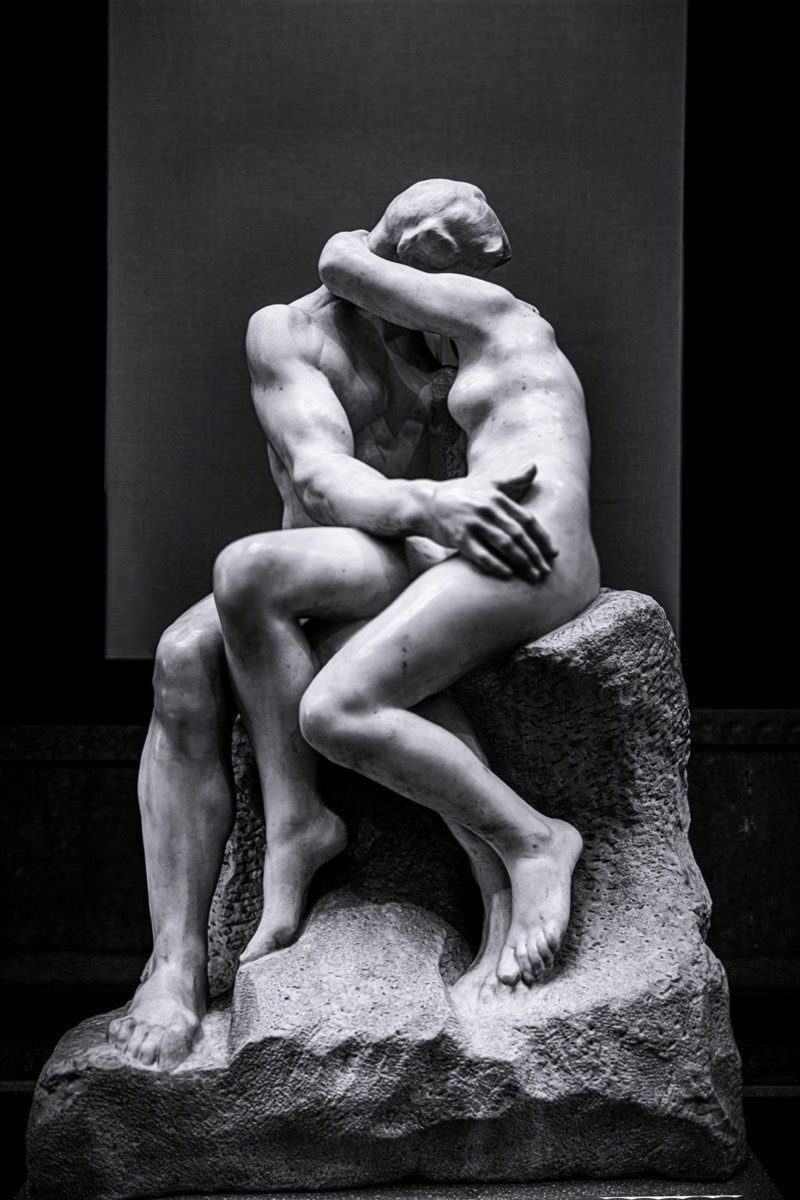
Copy of Rodin's "The Kiss" | Philadelphia Rodin Museum | 1929 Henri Gréber, French, 1855 - 1941. After Auguste Rodin, French, 1840 - 1917
"The Kiss" originated as a design for Rodin's ambitious project, "The Gates of Hell." The embracing figures appear in the lower left corner of the model of "The Gates," where they represent two characters from Dante's Divine Comedy. Rodin did not include them in the final work, however, instead exhibiting enlarged versions of the sculpture as independent statues. Although originally designed for outdoor public display, "The Kiss" was not installed outdoors until 1998, where a bronze version now stands in the Tuileries Garden in Paris. The sculpture is a representation of passionate love and its highly detailed figures are a perfect representation of Rodin's mastery of the medium of sculpture.
Details
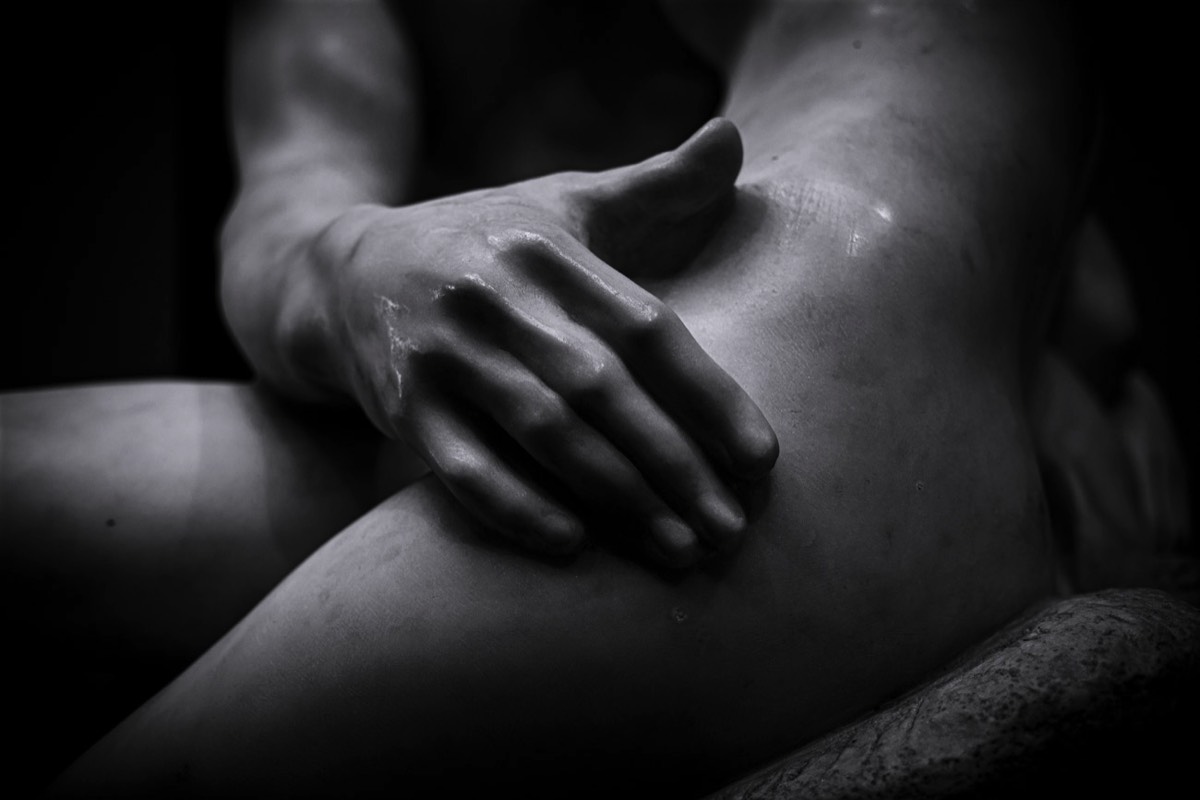
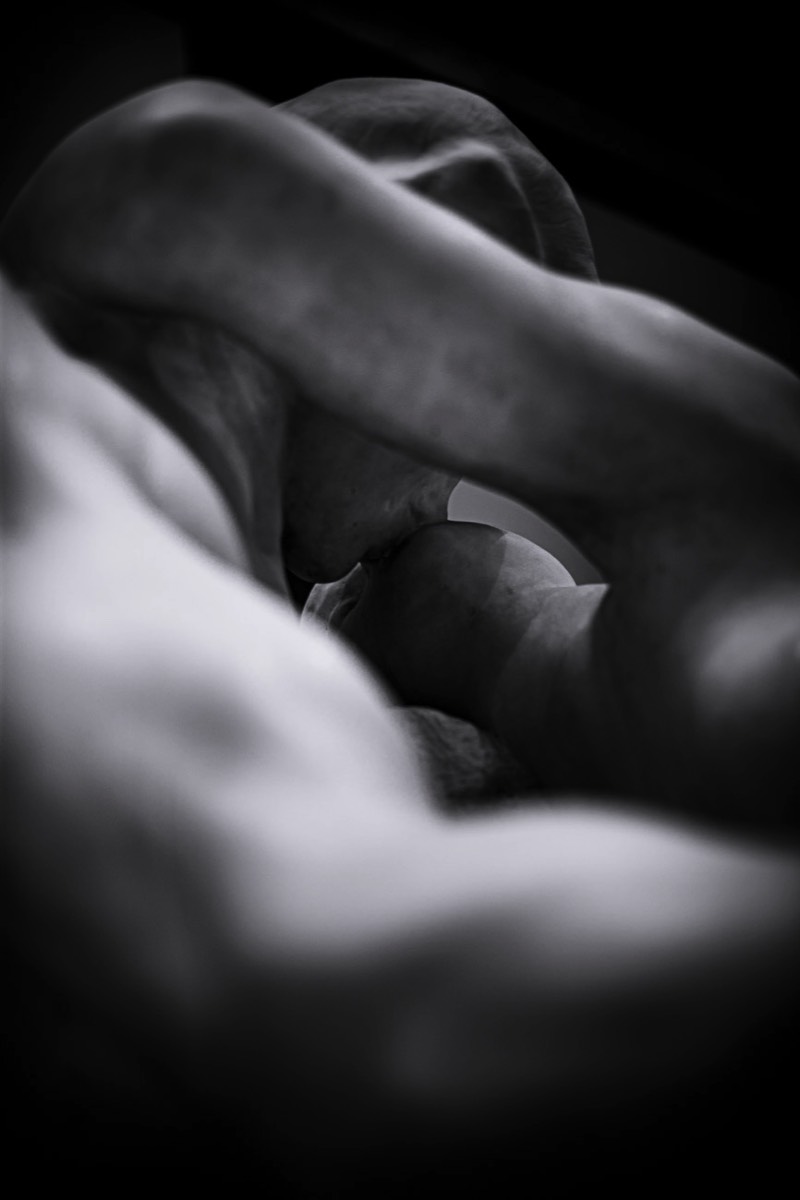
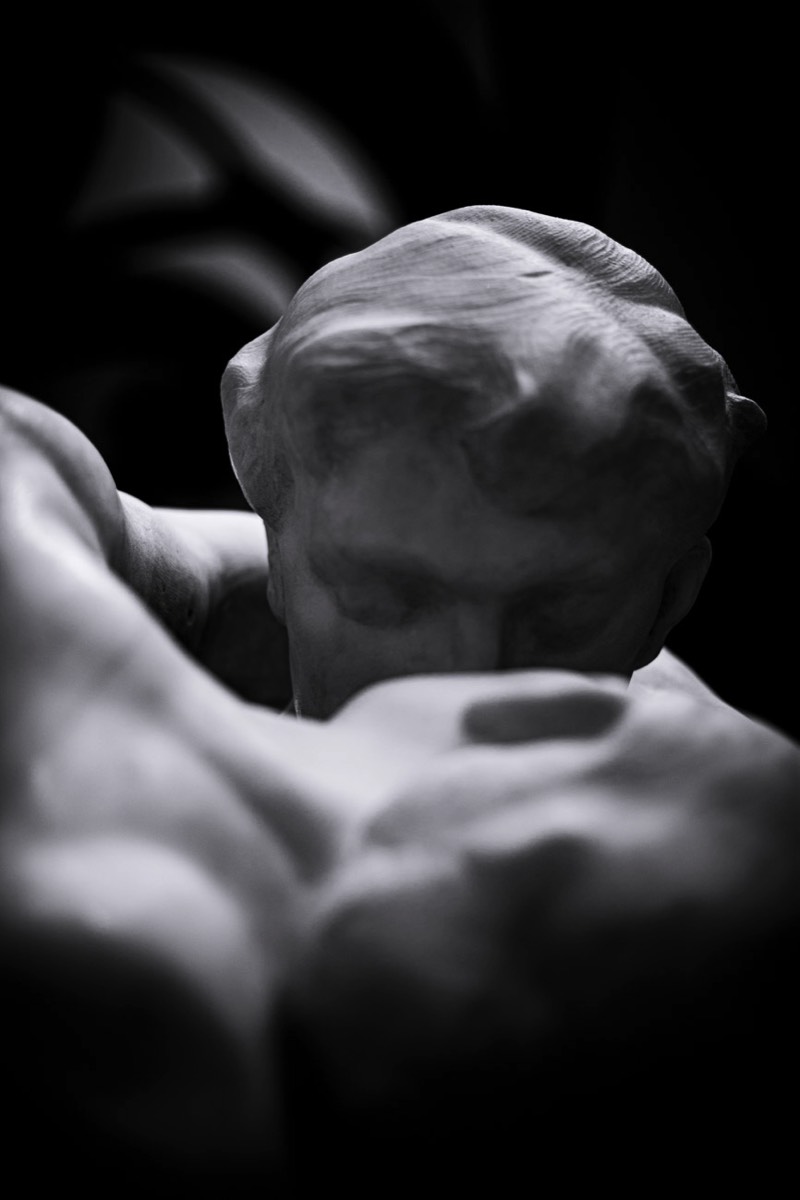
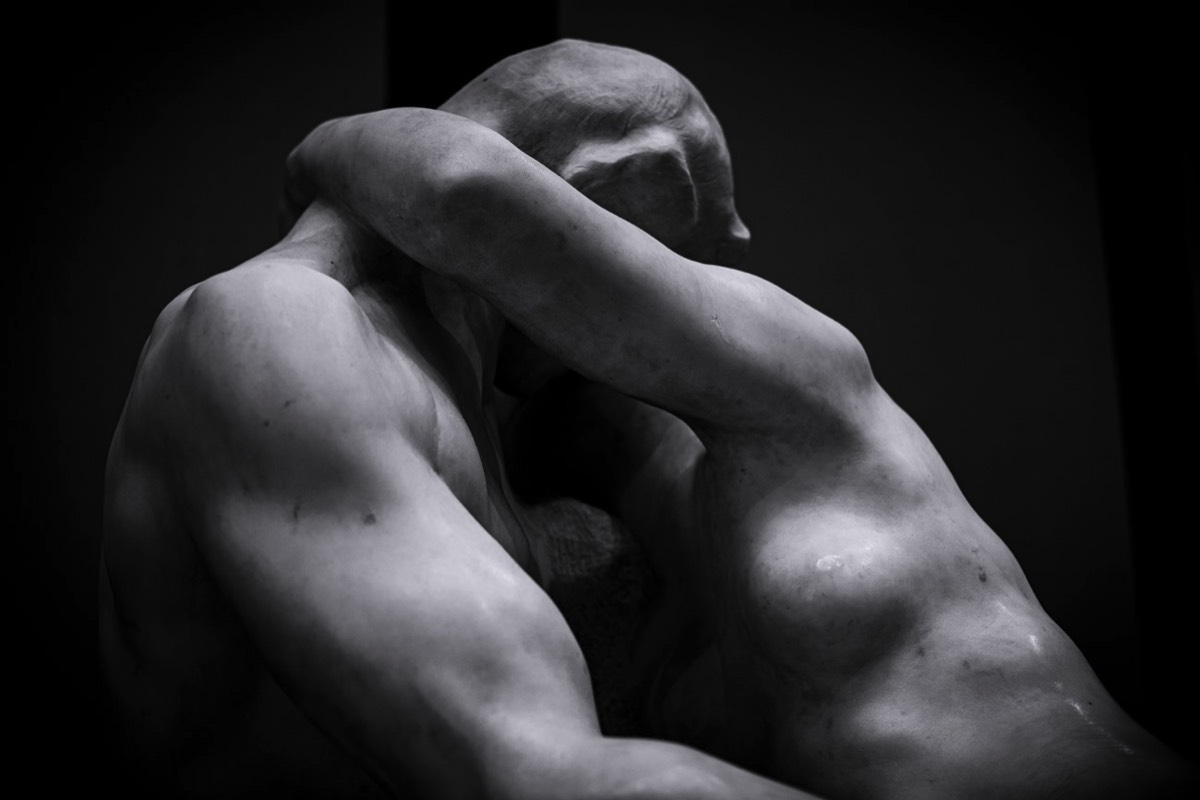
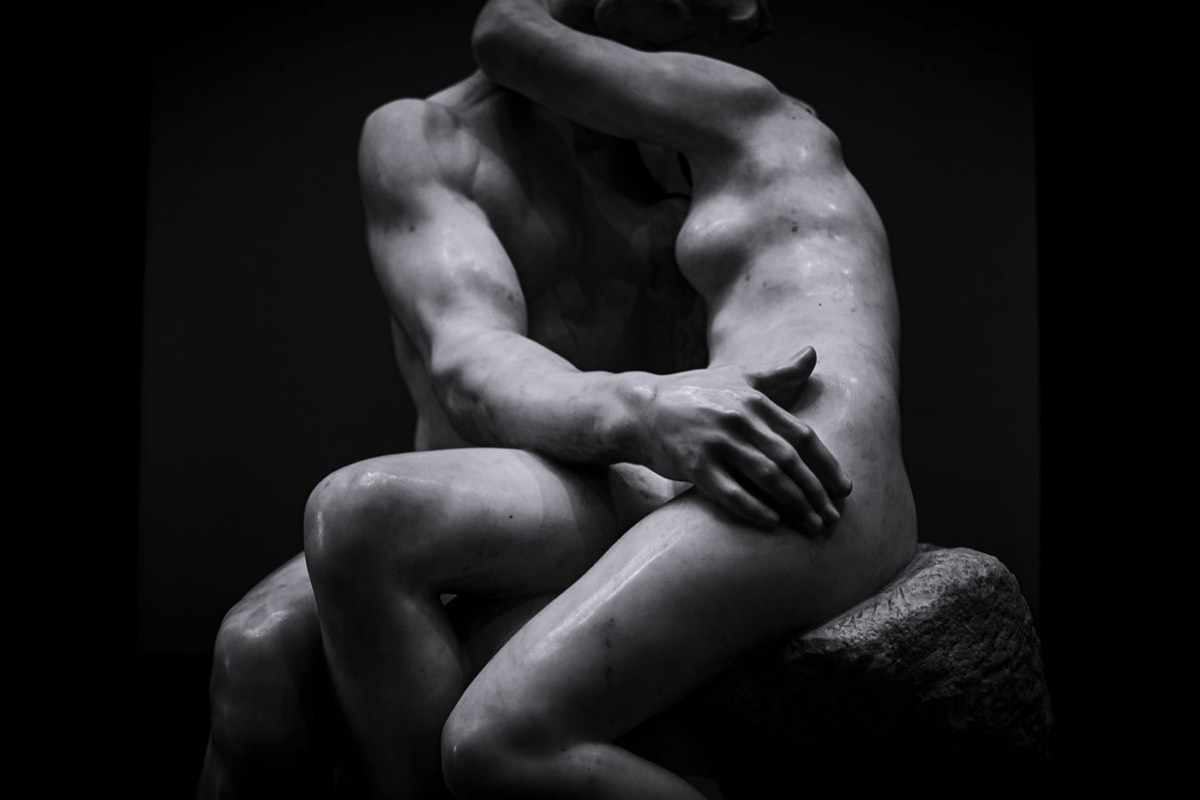
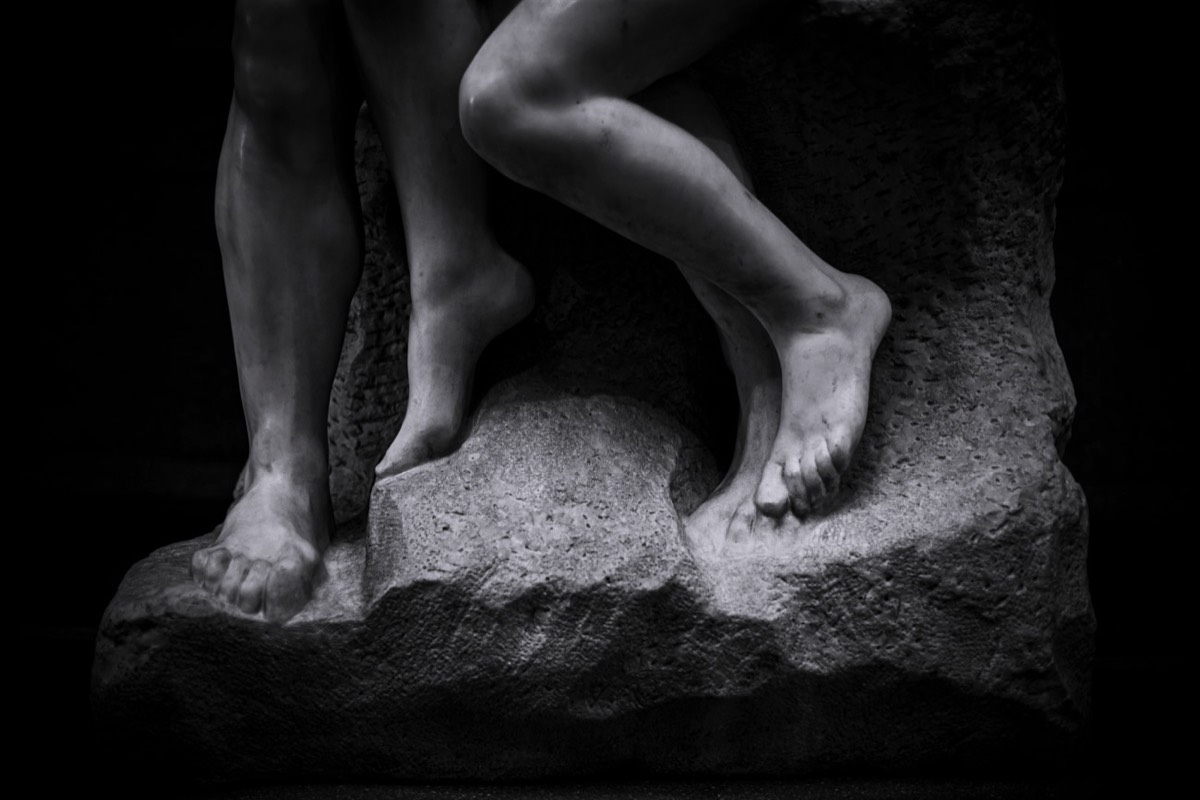
ETERNAL SPRINGTIME
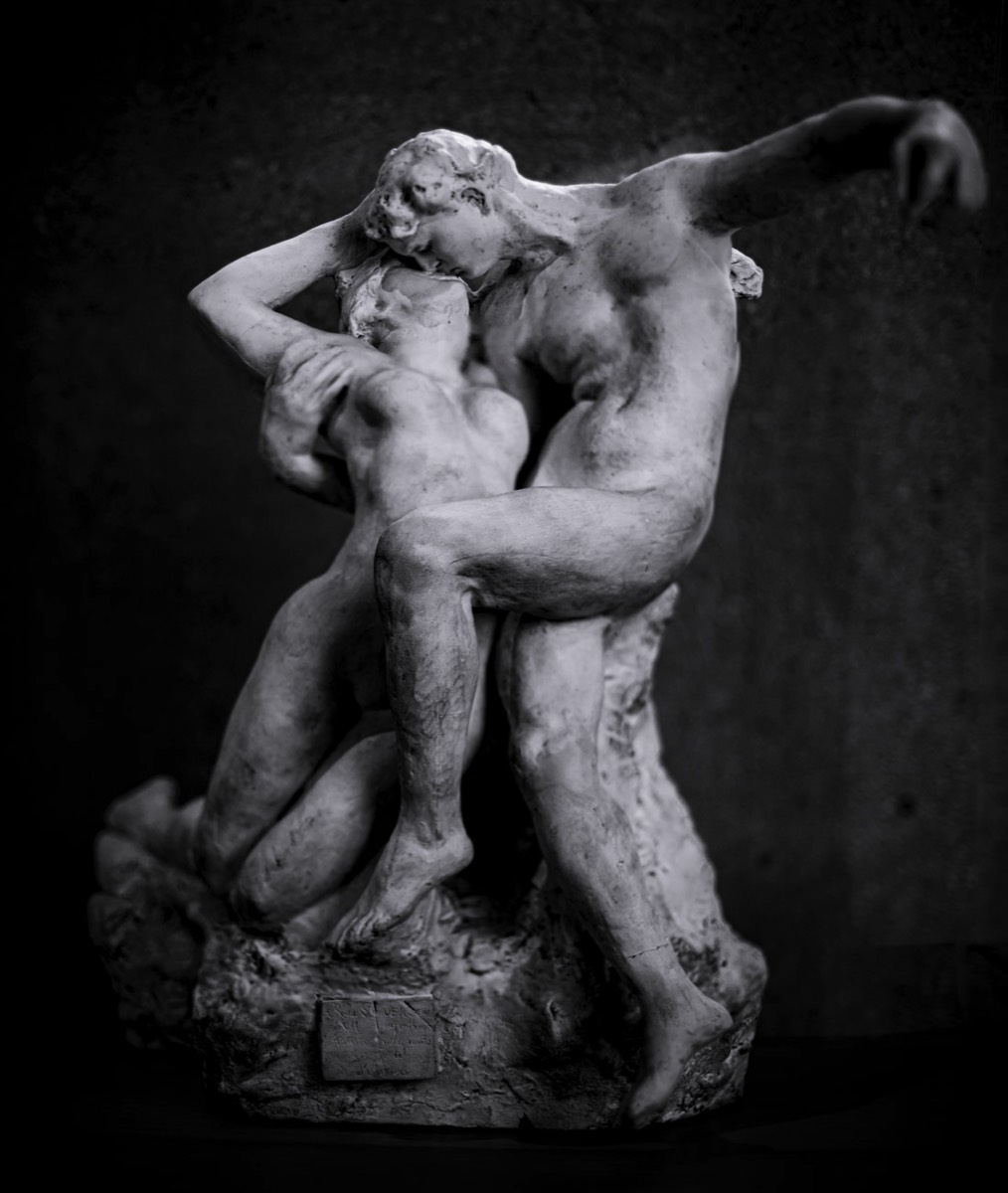
Eternal Springtime | Philadelphia Rodin Museum | Modeled 1884; cast 1886
Another of Rodin's masterpiece is "Eternal Springtime" which was modeled in 1884 and cast in 1886. The sculpture depicts a young couple in a passionate embrace, and it was created as part of Rodin's larger project for "The Gates of Hell." The female figure in the sculpture is based on a sensuous torso that appears in the upper left portion of "The Gates," and the male figure has small wings on his back, similar to the mythological Cupid. This sculpture is considered a masterpiece of Rodin's oeuvre and is on display at the Rodin Museum in Paris, France.
Details
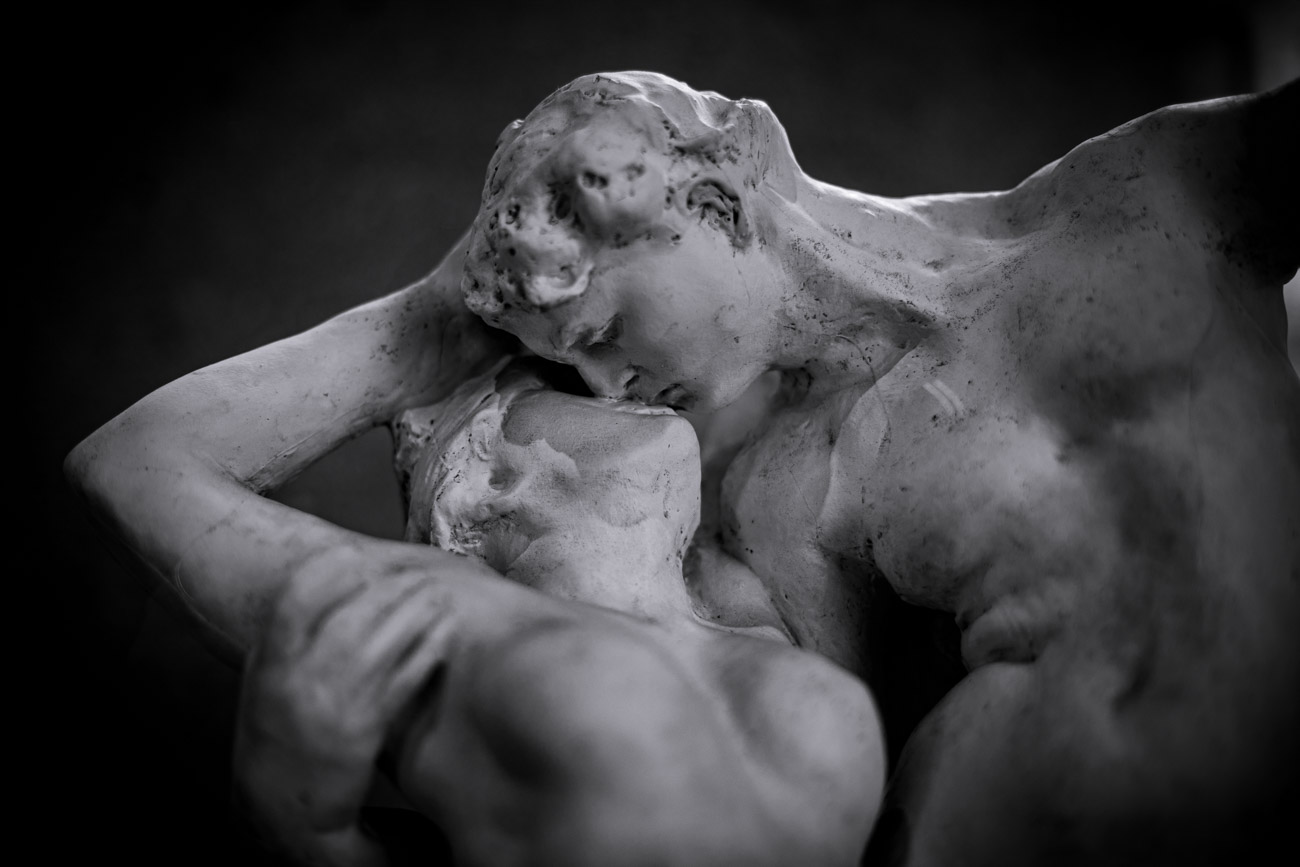
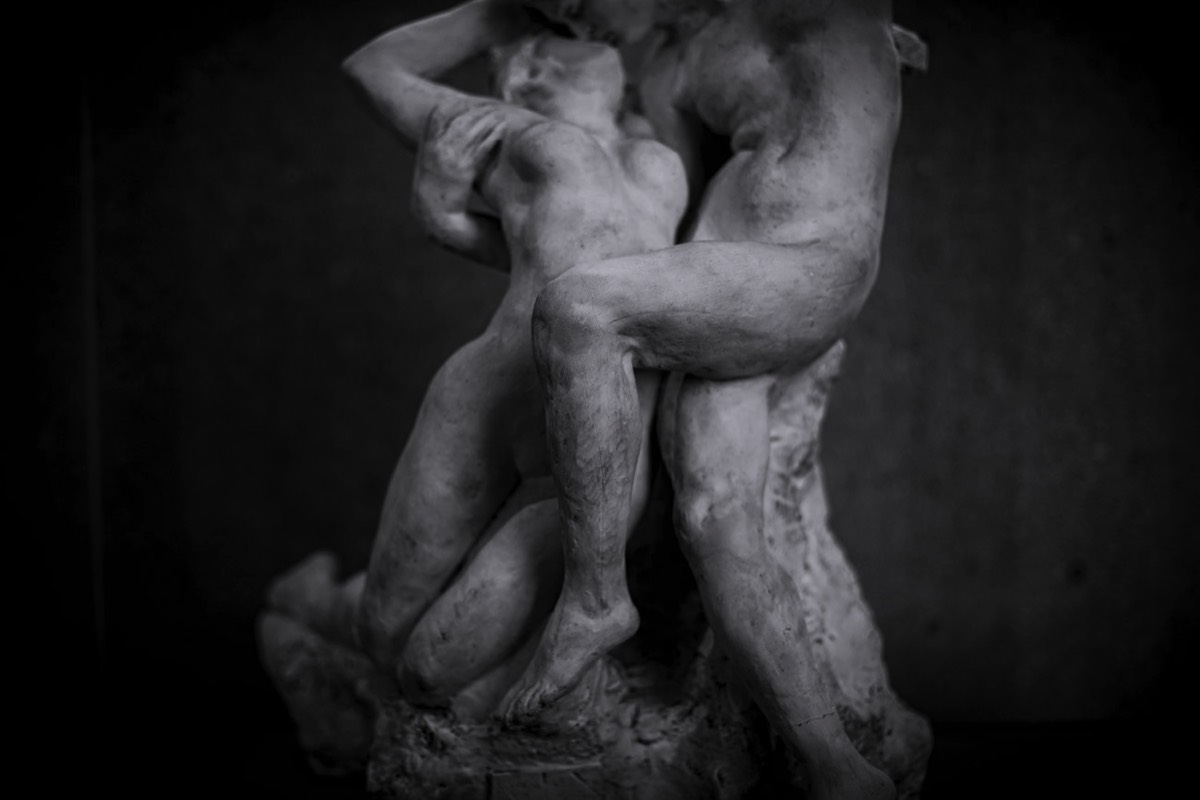
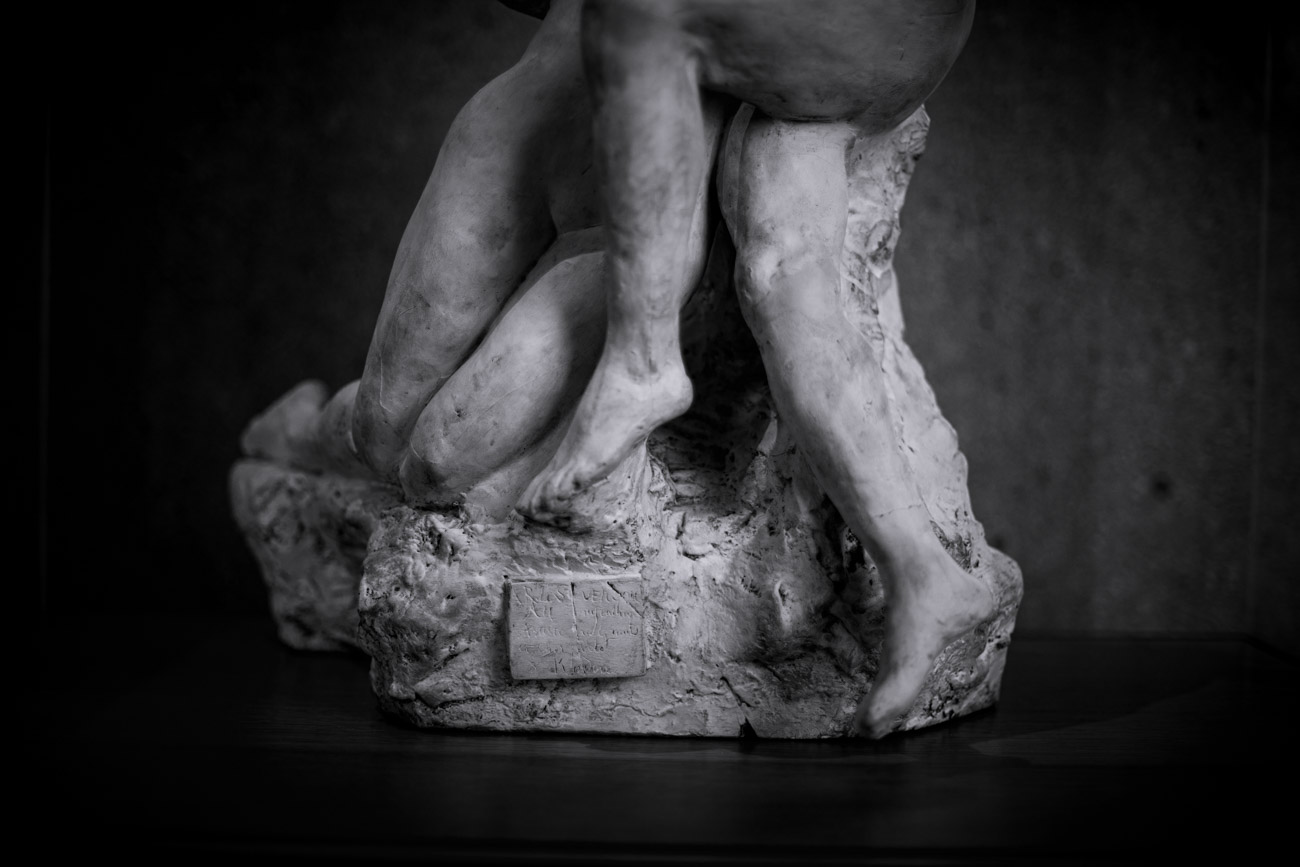
Together, "The Kiss" and "Eternal Springtime" perfectly capture the essence of passion and movement in a way that is both sensuous and powerful. They are a testament to Rodin's skill as a sculptor and continue to captivate audiences with their beauty and emotional impact. These sculptures are must-see for anyone interested in the art and history of sculpture.




